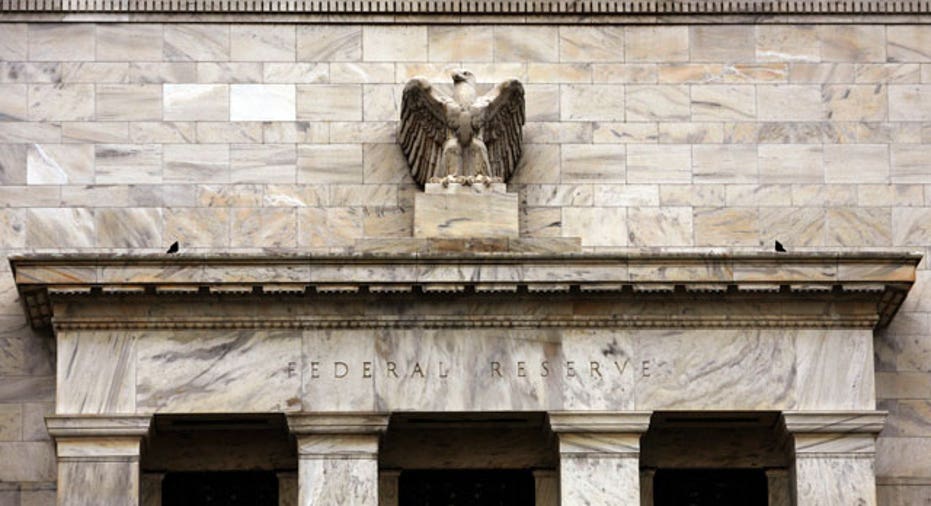Fed to End Massive Bond-Buying Program

The Federal Reserve’s policy-setting body announced Wednesday it will phase out its long-running bond-buying program this month, as expected. The central bank also said it will continue to try to stimulate the economy by keeping interest rates low for a “considerable time” as it credits its historic intervention with substantially improving the labor market.
There had been speculation in recent weeks that market volatility and concerns for economic growth might prompt members of the Federal Open Markets Committee (FOMC) to delay ending the monthly bond purchasing program known as quantitative easing. But that wasn’t the case.
In concluding QE, the committee noted "substantial improvement in the outlook for the labor market since the inception of its currency asset purchase program" and "continues to see sufficient underlying strength in the broader economy."
Three rounds of bond purchases approved in the wake of the 2008 financial crisis -- the last initiated in September 2012 -- helped expand the Fed’s balance sheet to historic highs of more than $4.4 trillion.
Earlier this year, it began tapering the monthly purchases as the unemployment rate declined and inflation remained tame. With this latest two-day policy meeting, the FOMC said it will conclude purchases of longer-term Treasury and mortgage-backed securities in October with a final round of $15 billion.
Despite the volatility and global growth worries, the committee reinforced its expected timeline of increasing interest rates in the middle of next year. Since the FOMC’s September meeting, the Bureau of Labor Statistics reported that the economy created 248,000 jobs last month and that unemployment registered less than 6% for the first time since July 2008.
On the economy, the committee assessed, as it did following its last meeting, that “economic activity is expanding at a moderate pace.” It also said that "a range of labor market indicators suggests that underutilized of labor resources is gradually diminishing."
The latter statement is important because it refers to labor market “slack,” a term Fed Chair Janet Yellen has used to justify keeping stimulus policies in place. The Fed now sees that slack tightening, according to the October statement.
Despite lower energy prices, the Fed statement also said "inflation running persistently below 2% has diminished somewhat since early this year."
The Fed would like to see inflation climb higher toward its 2% target rate, preferably pushed higher by rising wages. That hasn’t happened so far.
In a twist, Minneapolis Federal Reserve Bank President Narayana Kocherlakota, an inflation dove, voted against the policy statement, instead calling for the committee to continue its asset-purchase program.
In recent months, any dissent has usually been provided by inflation hawks such as Dallas Fed President Richard Fisher or Philadelphia Fed President Charles Plosser, both of whom believe the Fed’s long-running stimulus programs will eventually lead to runaway inflation and/or dangerous asset bubbles.
Yellen, a dove who leads the Fed’s dove majority, has said the Fed won’t raise interest rates until the Fed meets its dual mandate of full employment and price stability. The Fed has defined that dual mandate as an unemployment range of 5.2%-5.6% and an inflation range of 1.7% and 2%.
In short, the Fed’s October statement sounded a whole lot like the September statement. Policy makers once again stated emphatically that future policy shifts – ie., a rate hike – will depend on the progress of economic data. If the data is good, rates will move higher accordingly. If the data falls off again, the Fed will readjust accordingly.
In other words, the Fed reassured markets that the central bank is doing everything it can to promote the economic recovery and won’t jump the gun on any policy shifts that could derail that effort.